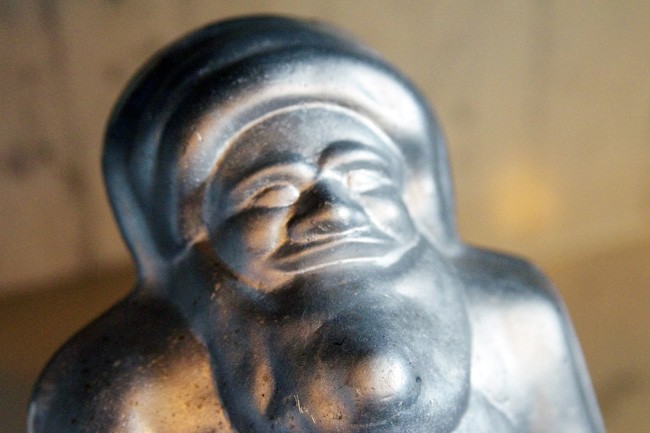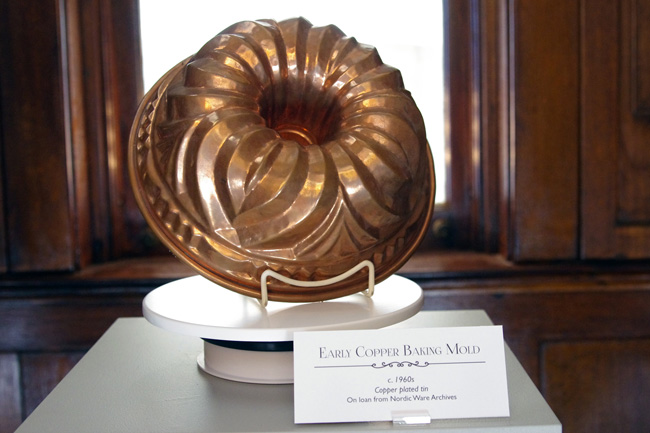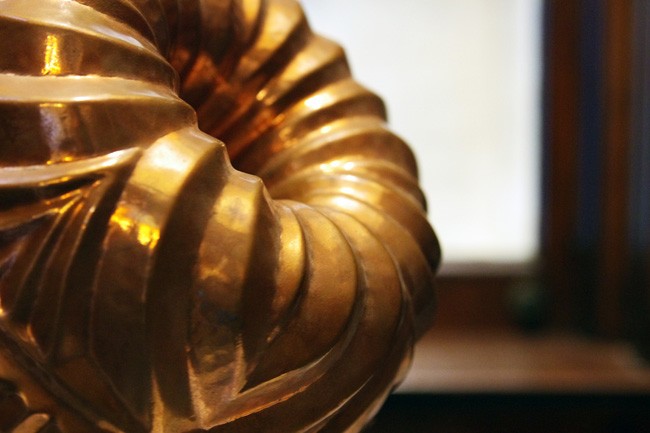
The American Swedish Institute has teamed up with Nordic Ware to present Nordic Inspired, American Made, an exhibit on the history of the locally based kitchen equipment manufacturer. It’s the first installation to be displayed in the Turnblad Mansion’s historic kitchen, which opened to the public in late 2013. The show has been so popular that its closing, originally scheduled for early January, was moved to April 26.
Krista Ulman, interpretive services planner for the ASI, said that as the annual Christmas table-setting displays were being planned for 2014, the theme became how heritage and design influenced one another. “We wanted to work with local artists and immediately thought of Nordic Ware,” she said.
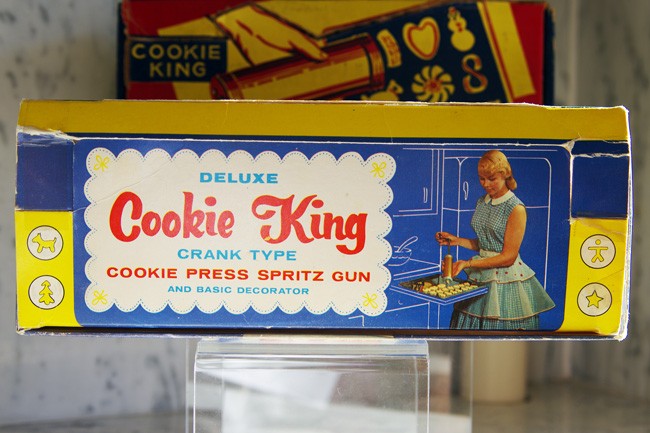
Nordic Ware was founded in 1946 by Dotty and Dave Dalquist when Dave returned from service in World War II. Dave was educated as a chemical and metallurgical engineer, but didn’t want to work for anyone else. While considering his options, he uncovered an unfilled need in the marketplace: despite living in a center of Scandinavian culture, Midwesterners really had no place to go to buy Scandinavian baking and cooking equipment, which was hard to come by in the 1940s and ’50s. With his metallurgical background, Dalquist had the expertise to recreate much-loved items like krumkake and rosette irons, and he eventually moved on to everyday utensils, like griddles. Early sales of these items were heavily dependent on mail-order ads in foreign language newspapers.
Dalquist’s granddaughter Jenny is a third-generation Nordic Ware employee who points to the company’s initial ethnic focus as being the inspiration for one of its most iconic pans, the Bundt. “The roots of the Bundt pan are in a German / Austrian pan called a Gugelhupf,” she said. “Like krumkake irons, they were hard to obtain here. So my grandfather made them, and then made the variation known as the Bundt.”
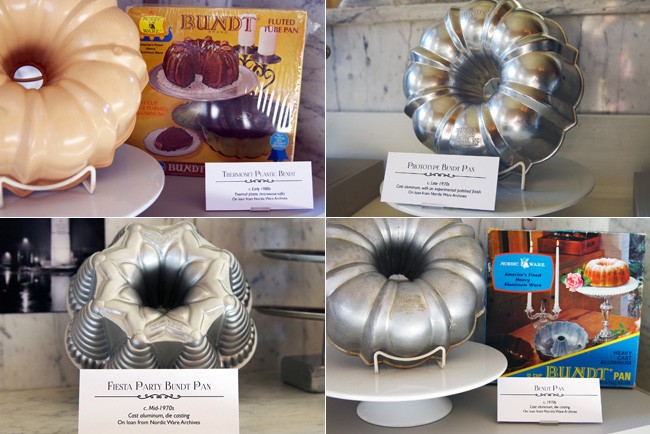
Given that today there are more than 70 million Bundt pans in kitchens around the world, it comes as a surprise to hear they weren’t a big hit at first. “He launched them in the early 1950s,” said Dalquist of her grandfather, “but barely any sold at first.” It wasn’t until the pan was used by a winner of the 1966 Pillsbury Bake-Off that sales began to climb. They continued to do so until Bundt pans became ubiquitous in kitchens, and are the first thing most people think of when they hear the name Nordic Ware, despite the fact that the company now makes more than 300 different kitchen products, not just specialty and ethnic items.
The exhibit at the ASI pays homage to the instrumental Bake-Off with a vintage copper Bundt pan slowly revolving in a case while audio from the radio broadcast of the Bake-Off plays. “This exhibit shows our true roots,” says Dalquist. Bundt pans, yes, but also several other iconic pieces, such as plotte and ebelskiver pans and a kransekage form. The items were loaned to the ASI by Nordic Ware founder Dotty Dalquist, who went through her personal collection to provide them — many historic items had already been donated by Nordic Ware to the Smithsonian.
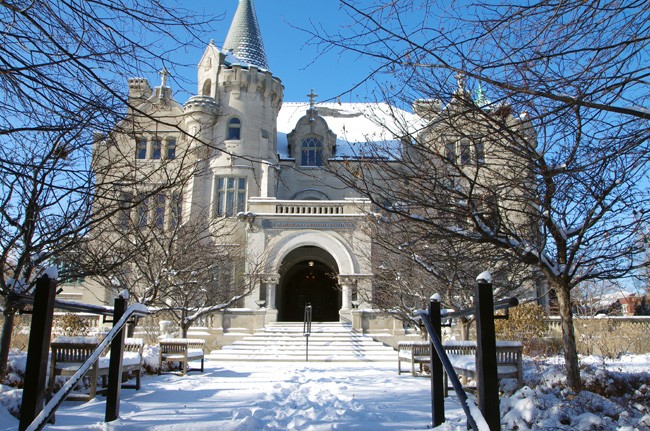
The exhibit has been a success for the ASI. “We’ve gone through thousands of recipe cards,” says Ulman, referring to cards with oldie-but-goodie recipes that are available free to visitors. “It’s been so fun to hear people talk as they go through the exhibit,” she says. “‘Oh my gosh, I have that same krumkake iron, and it’s on display at a museum!’”
While the exhibit is open until April 26, this past weekend saw an addition that will not likely survive that long: more than three dozen frozen Bundt sculptures were put on display in the courtyard. “I’m sure my neighbors thought I was crazy,” said Dalquist, or if not, she adds, they were “at least happy that I moved them!”
